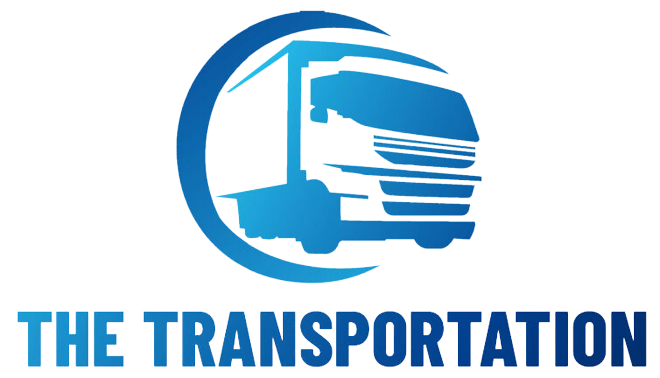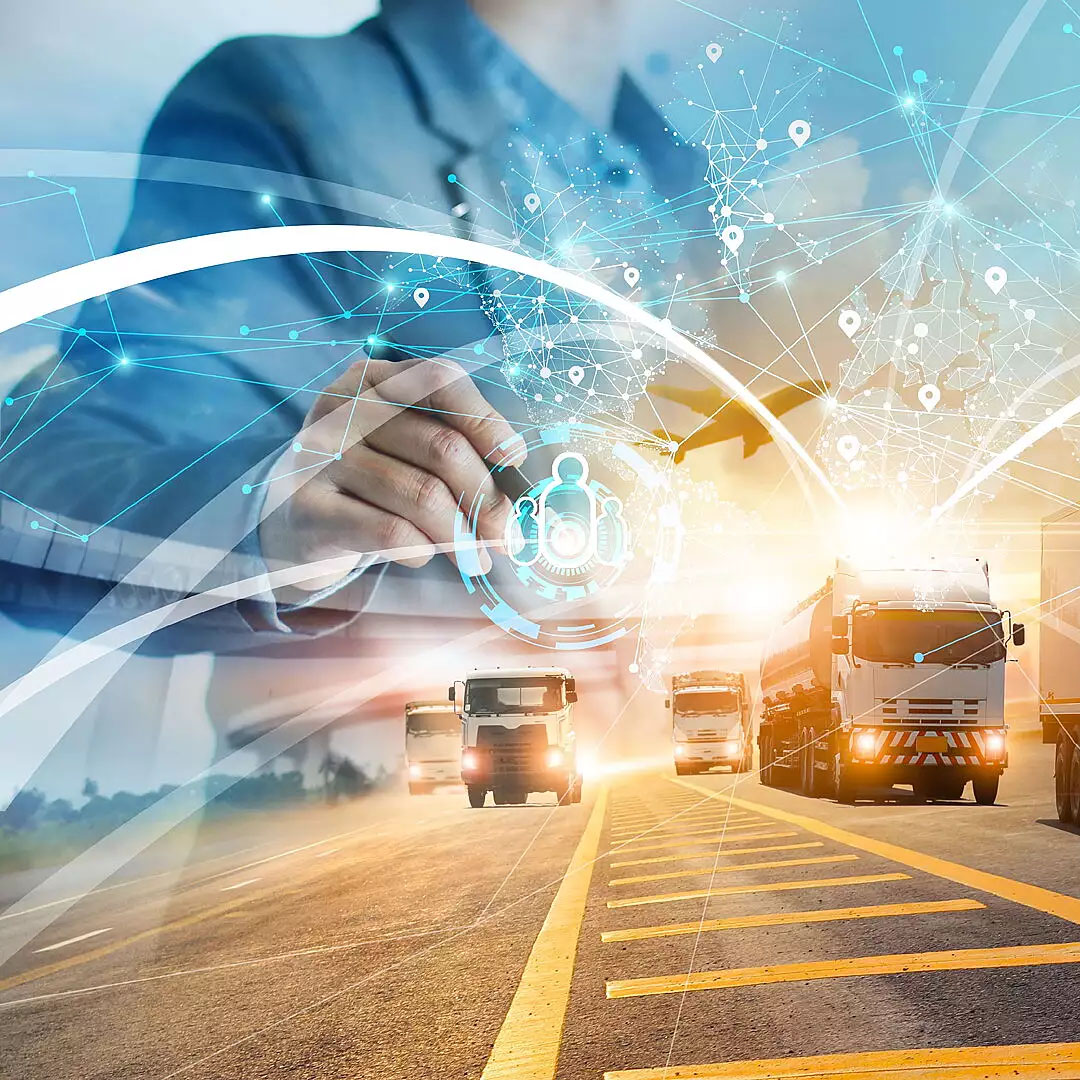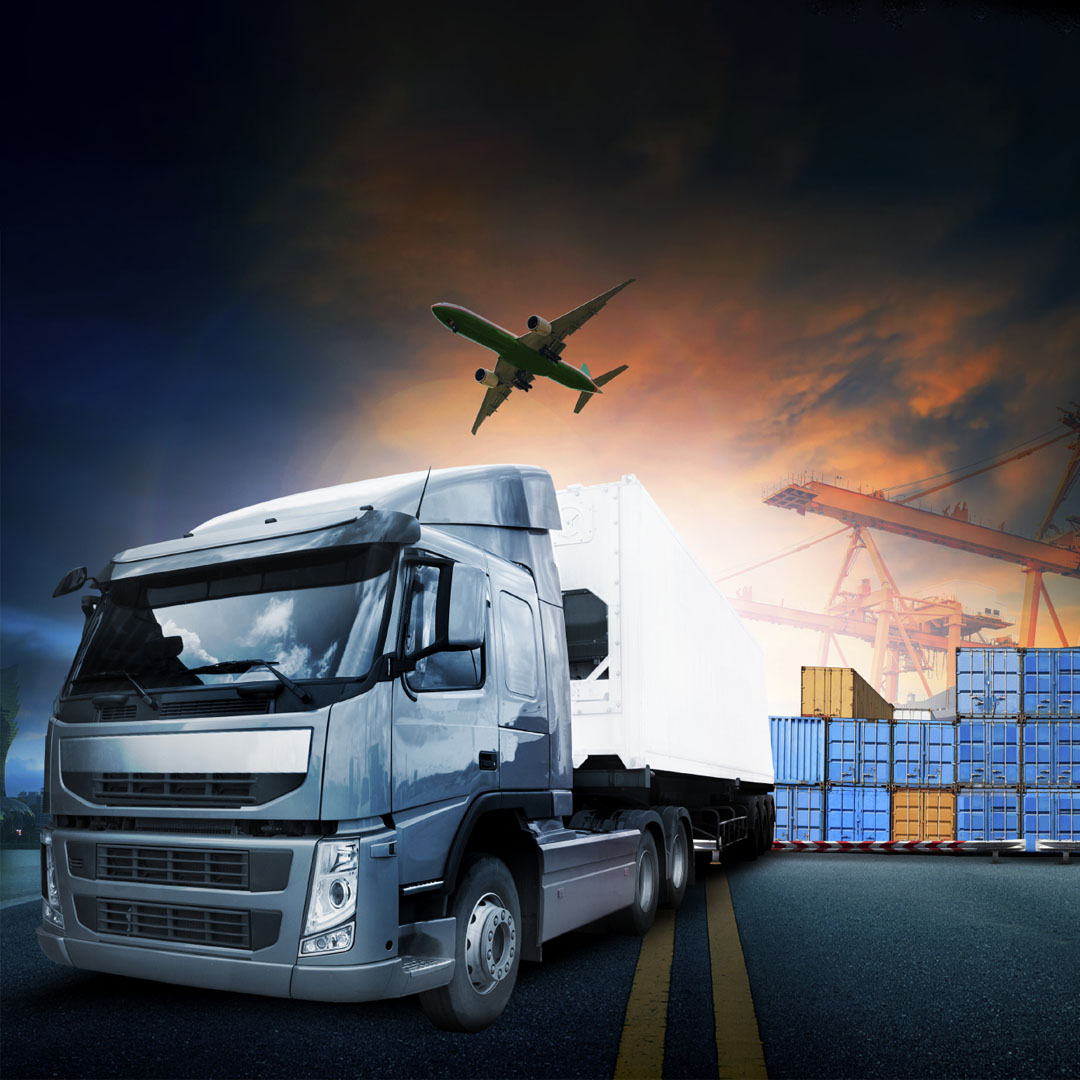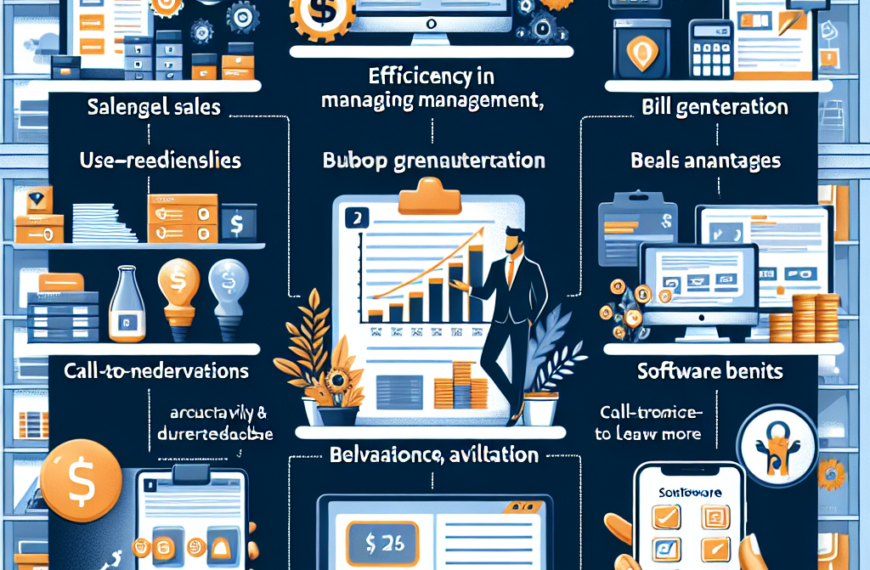Revolutionizing Transit: Innovations in the World of Transportation
In the ever-evolving landscape of transportation, groundbreaking innovations are reshaping the way we move These advancements are not just changing the way we travel; they’re also redefining urban planning, reducing congestion, and contributing to a more sustainable future. From electric and autonomous vehicles to hyperloop technology, here’s a look at the top innovations that are revolutionizing transit.
Electric Mobility:
The shift towards electric vehicles (EVs) is perhaps the most significant change in the transportation industry. Electric cars offer numerous benefits, including reduced greenhouse gas emissions, lower operational costs, and less noise pollution. With leading automakers investing heavily in electric vehicle technology and governments providing incentives for electric car adoption, we are witnessing a transformation in the way we power our vehicles.
Autonomous Vehicles:
Self-driving cars, equipped with advanced sensors and artificial intelligence, are another transformative innovation. These vehicles have the potential to reduce accidents, improve traffic flow, and provide accessible transportation options for individuals who cannot drive, such as the elderly and people with disabilities. Companies like Tesla, Waymo, and General Motors are at the forefront of this technology, and many experts predict that autonomous vehicles will soon become a common sight on our roads.
Hyperloop:
Elon Musk’s Hyperloop concept is a game-changer in long-distance transportation. This high-speed, vacuum-sealed train system has the potential to dramatically reduce travel times. By propelling passengers in capsules through low-pressure tubes at incredible speeds, the Hyperloop could revolutionize long-distance travel and alleviate traffic congestion. Several companies are currently working on prototype systems, and there’s a great deal of excitement surrounding this project.
Urban Air Mobility:
With the development of electric vertical takeoff and landing (eVTOL) aircraft, we’re on the cusp of a new era in urban transportation. These compact, electric aircraft have the potential to provide fast and efficient transport within cities, reducing road congestion and offering an environmentally friendly alternative for commuters. Companies like Uber and Joby Aviation are actively pursuing this innovative mode of transport.
Shared Mobility:
The rise of ridesharing services and shared mobility platforms has transformed the way we think about car ownership. Instead of owning a vehicle, many people now prefer to access transportation as a service. These platforms provide convenient, cost-effective options for getting around, reducing the number of vehicles on the road and decreasing emissions.
Sustainable Infrastructure:
To accommodate these innovations, cities are investing in sustainable transportation infrastructure. Bike lanes, electric vehicle charging stations, and public transit upgrades are becoming increasingly common. Initiatives like the “Vision Zero” project, which aims to eliminate traffic fatalities, are also gaining traction in cities worldwide.
Smart Transportation Systems:
The integration of technology and data analytics is enhancing the efficiency of transportation systems. Smart traffic management, real-time information sharing, and predictive maintenance for vehicles and infrastructure are helping to reduce congestion and improve safety.














